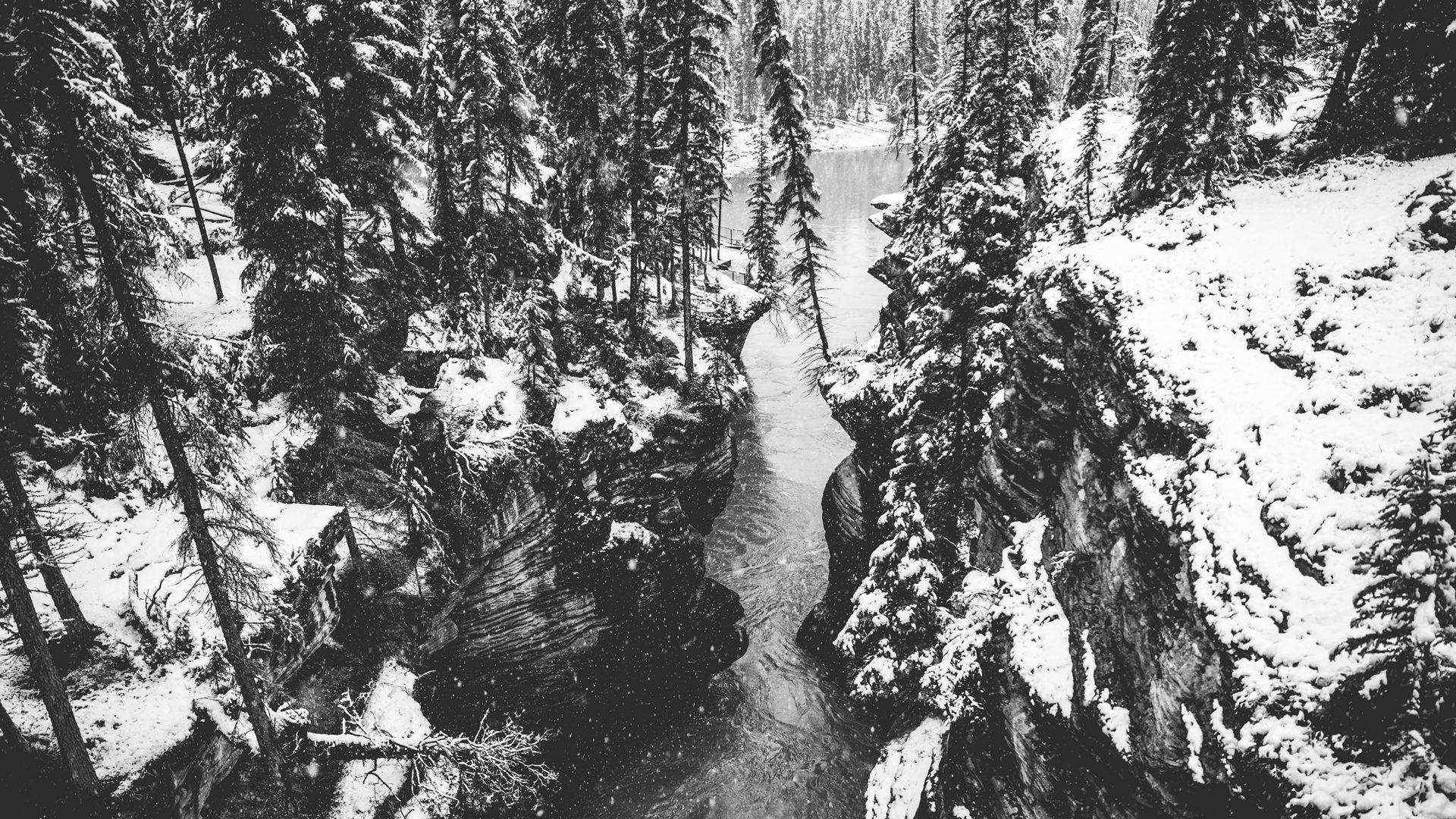Sizing images
A recent mini-discussion on Cody Redmon’s photoblog on image sizes got me to look through the statistics I’ve gathered on Google Analytics on our various sites to see what kinds of resolutions people are using.
Many photography enthusiasts and early-adopters probably have large screens and resolutions available to them and are probably vocal in promoting posting larger images. We started publishing our shots in Life of Jalo at 500 pixels. Later I got tired of looking at the small pictures myself and thought that with the transition from dialup connections to DSL-lines users could afford larger image sizes, so we went to 700 pixels. It’s also the size I use on shutterclicks and our gallery.
Looking at the statistics of our sites has me wondering if the choice is exactly a good one. The following table shows the two most popular screen resolutions on for different sites (our gallery, LoJ, an unnamed site, and our homepage):
| 1024×768 | 33.63% | 43.87% | 52.70% | 42.37% |
|---|---|---|---|---|
| 1280×1024 | 25.78% | 29.79% | 22.12% | 32.44% |
| Combined | 59.41% | 73.66% | 74.82% | 74.81% |
In addition, on the first site the third place is taken by 1280×800 with 17.48% (bringing the combined value to 76.89%. If we presume that a user with a smaller screen will always use the browser in the maximized state (do they?), we can safely think that horizontal space won’t be a problem. Of course this doesn’t take into account the fact that many users seem to have various sidebars installed, but even then 700px horizontally shouldn’t be an issue.
But clearly 700px vertically is a challenge for many users. On my work computer (Windows 1400×1050) the windows decorations, menubar and other user interface components take up 160px of vertical space. In the bottom the statusbar and Windows taskbar take up another 95px (the taskbar height is doubled). Even with a one line taskbar I’d still lose about 60px.
So far it seems like most photoblogs assume that their viewers have enough screen real-estate that (vertically) larger images will work, but should other approaches be considered. For example, Kathleen Connally’s photoblog has an option that lets users select the image size they want to see. I wonder what her statistics are like, especially the relation between screen resolution and selected image size.
Another consideration that comes with image sizes is the possibility of image theft. The larger the size of the available image (even if linked), the more possible uses a thief can get from it. A widely publicized case of this happening was the whole debacle between Rebekka Guðleifsdóttir and Only-Dreemin (and to a lesser extent Flickr). 700px is still a safe size – at least for now.
I’d like to hear other photographers and photobloggers opinion on the matter. And users, or photo viewers, should also voice their opinions.


Thanks for the insight on this, Ramin. I should have put 2-and-2 together to recognize the benefit of my own Analytics reporting, but hadn’t. I’ve since done some checking and the resolution percentages I’m getting for visitors to my blog are quite similar to your own.
I also appreciated finding out about the bit with Rebekka Guðleifsdóttir, I was unaware of her story. I’m not a Flickr guy, but it’s nice to know how it effects the community as a whole. Great post.
A quick check of the Google Analytics details for my website indicates that more than 96% of visitors have a screen resolution of 1024×768 or larger.
I tend to post all images with a maximum height/width of 600 pixels, as I’m designing for a minimum resolution of 1024×768.
However, in my photo gallery, I also have larger images, with a maximum width of 1000 pixels, and maximum height of 800 pixels.